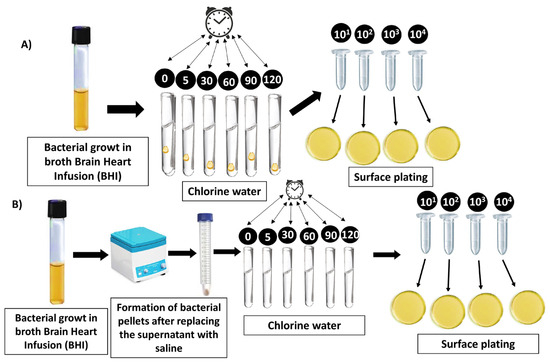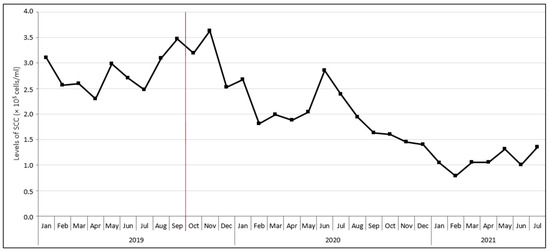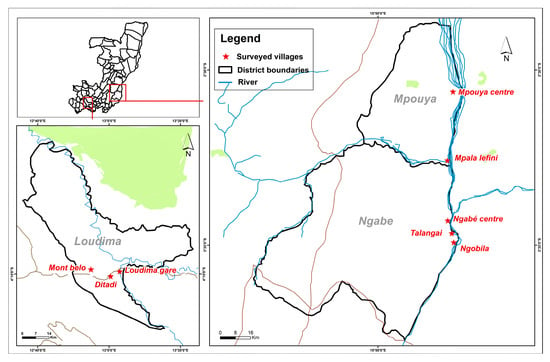Public Health and Quality Aspects Related to Animal Productions
A topical collection in Microbiology Research (ISSN 2036-7481).
Viewed by 5771Editors
Interests: food; microbiology; safety; meat; hygiene; quality; public; health
Special Issues, Collections and Topics in MDPI journals
Interests: corpus luteum; gonads; steroids; prostaglandins; intra-cellular mechanisms; nutrition; public health
Topical Collection Information
Dear Colleagues,
There is a relationship in terms of programs, sectors and institutions between animal health, animal production and veterinary public health on the one hand, and between each of these three sectors and public health in general on the other. The most important common factor is food safety. Undernutrition is still the most important public health problem in many parts of the world. While it is known that the major cause of undernutrition is the low gross domestic product and uneven distribution of wealth, increased production of foods of animal origin would provide the key to an improvement in the situation. The concept of animal health, in its broadest sense, implies optimum animal production in a given region and during a specified period of time. Veterinary public health has functions and objectives which are crucial for food safety: protection and hygiene of foods, and control of the presence in animal production of substances toxic to human beings (such as heavy metals, hormones and pesticides). Within the area of transmissible diseases, control measures for zoonoses are of the utmost importance. Besides the specific subject of interdisciplinary relationships in regard to zoonoses, this collection will stress the importance of joint work conducted in the research, development and implementation of laboratory diagnostic activities and the production and quality control of antigens and vaccines. The production of laboratory animals is another sphere of common activity and research, and it cannot be said that such work is specific to any one of the three disciplines. Moreover, the fields of health, animal health and veterinary public health share the same methods and strategies, and reciprocal benefits could be more significant than the objectives of individual programs. Reference should be made also to the organization of state services and their adaptation to administrative decentralization, particularly at the local level.
This Topical Collection will therefore focus on all aspects of public health, veterinary public health and quality aspects related to animal production.
Prof. Dr. Beniamino T. Cenci-Goga
Dr. Massimo Zerani
Dr. Luca Grispoldi
Collection Editors
Manuscript Submission Information
Manuscripts should be submitted online at www.mdpi.com by registering and logging in to this website. Once you are registered, click here to go to the submission form. Manuscripts can be submitted until the deadline. All submissions that pass pre-check are peer-reviewed. Accepted papers will be published continuously in the journal (as soon as accepted) and will be listed together on the collection website. Research articles, review articles as well as short communications are invited. For planned papers, a title and short abstract (about 100 words) can be sent to the Editorial Office for announcement on this website.
Submitted manuscripts should not have been published previously, nor be under consideration for publication elsewhere (except conference proceedings papers). All manuscripts are thoroughly refereed through a single-blind peer-review process. A guide for authors and other relevant information for submission of manuscripts is available on the Instructions for Authors page. Microbiology Research is an international peer-reviewed open access quarterly journal published by MDPI.
Please visit the Instructions for Authors page before submitting a manuscript. The Article Processing Charge (APC) for publication in this open access journal is 1600 CHF (Swiss Francs). Submitted papers should be well formatted and use good English. Authors may use MDPI's English editing service prior to publication or during author revisions.
Keywords
- health
- VPH
- veterinary public health
- zoonoses
- food safety
- food quality
- nutrition
- food security, undernutrition
- animal production








